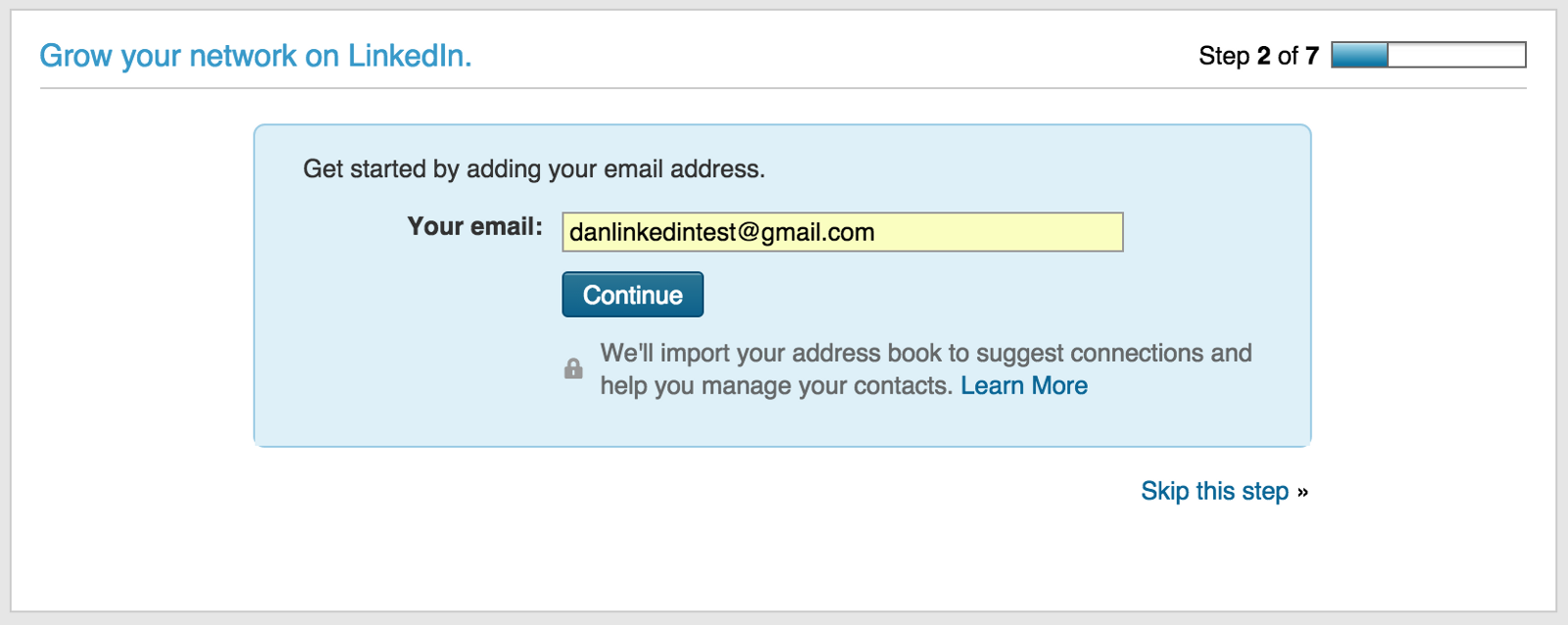Dark Patterns
"If you think good design is expensive, you should look at the cost of bad design."
— Ralf Speth
Dark Patterns are deceptive design patterns to get users to persuade or dissuade customers that benefit the brand rather than the user. They are not necessarily poor design, but rather they often create a bad user experience. They're carefully crafted with a solid understanding of human psychology, and they do not have the user's interests in mind. It's essentially deception and dishonesty by design.
If you recall, in the first lecture, we discussed basic UI Guidelines to follow. Often dark patterns reverse these guidelines to trick the users into doing things they might not otherwise do.
Instead of showing the system status, a dark pattern will intentionally hide it, use unclear labels, burry things in complicated navigation, or produce untimely messages. Apple used a dark pattern in the iOS 6 release. The phone came with an Identifier for Advertisers (IDFA) ad tracking. It anonymously tracks browsing activity for advertisers. Apple provided a way to turn the feature off, but it was not located under Privacy Settings. Instead, you had to navigate through obscure options under the general settings menu.
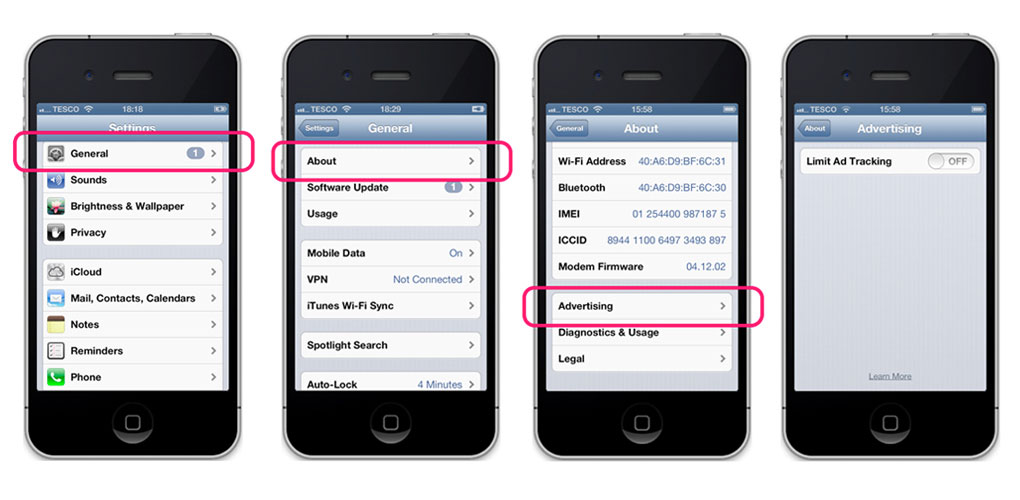
This video was shared with me from a previous student! It does an fantastic job explaining how deceptive dark patterns can be.
Privacy Zuckering
Facebook uses a similar technique that some have coined "Privacy Zuckering". If you've ever tried to manage your privacy setting on Facebook, you may have noticed how much of a pain it is to find the right options. This is intentional; you are being tricked into sharing more information about yourself than you intended to.
This is a screenshot of the Facebook messenger application on iOS during installation. Notice that there is no cancel button and an added blue arrow under the "OK" button. The designer adds a visual weight using the blue arrow on the OK option, giving the impression that it is the right option.
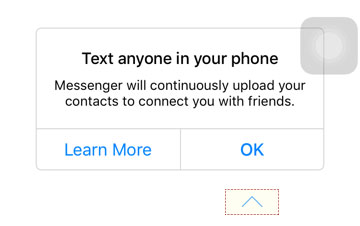
Privacy Zuckering is used in many apps behind the scenes. When you use a service, there is often small print in the Terms and Conditions, which gives the app or service permission to sell your personal data.
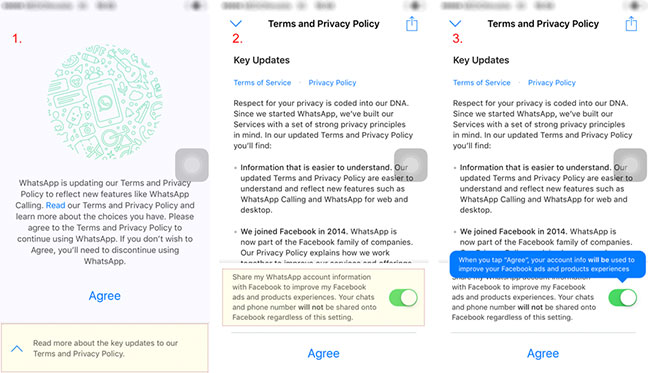
Bait and Switch
The bait and switch dark pattern is when the user sets out to do something, but during the process, something else happens. The most famous example of this pattern was when Microsoft wanted to get people to upgrade their computers to Windows 10. Pop-ups like the one below were very aggressive, and they switch what the "X" button at the top right to mean. Normally it would mean "close", but in this instance, they changed it to mean "Yes"! Clicking on the "X" upgraded the PC to Windows 10.
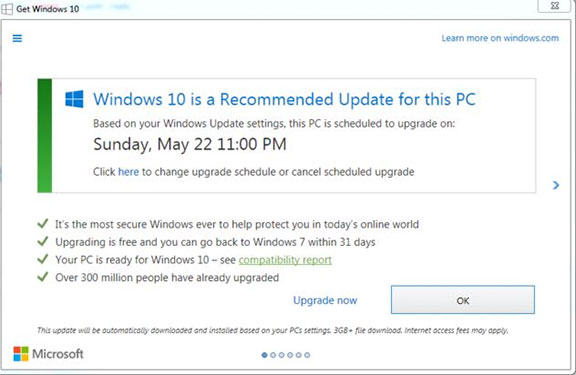
Confirmshaming
I see this dark pattern all the time. It is the act of guilting the user into opting into something. The option to decline is worded in a way to shame the user into compliance.
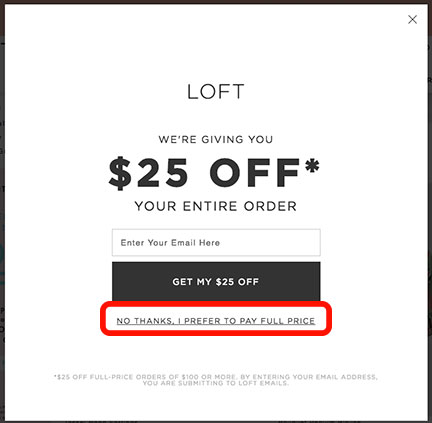
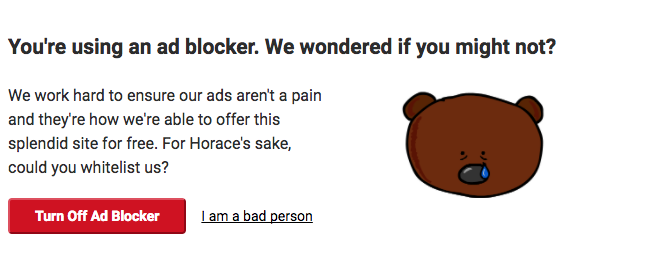
Disguised Ads
I've fallen for this one more than I like to admit, but I've gotten better at spotting it. Here, advertising is disguised as another kind of content. Softpedia is a download site, and the big blue "Download Now" button is actually an ad. The real download for the software is in the upper left.
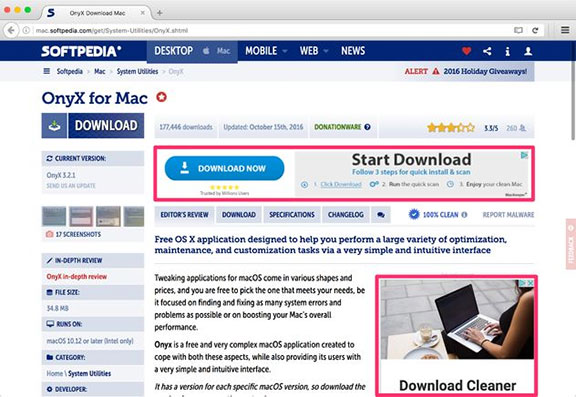
Forced Continuity
This is a nasty one. This happens when your free trial of something ends, and your credit card silently starts getting charged without any warning. Additionally, you are not given an easy way to cancel the renewal. This is often used in conjunction with Roach Motel, another pattern where it is very easy to get into a subscription but impossible to get out.
Audible offers a free trial, but after it ends, it does not ask the user if they want to continue.

Trick Questions
Questions may be worded confusingly or misleadingly to trick users. You may think your opting out of something when you are opting in. Typically this means using confusing checkboxes.

In 2015, LinkedIn was sued for tricking its users. During the onboarding process, they tricked users into importing their address book, which they used to spam email the user's friends. LinkedIn claimed that they "will not store your password or email anyone without your permission". However, LinkedIn proceeded to send emails on the new user's behalf to any contact harvested from the user.
During the lawsuit, the judge ruled this illegal, and LinkedIn was ordered to pay $13 million in compensations to users.
